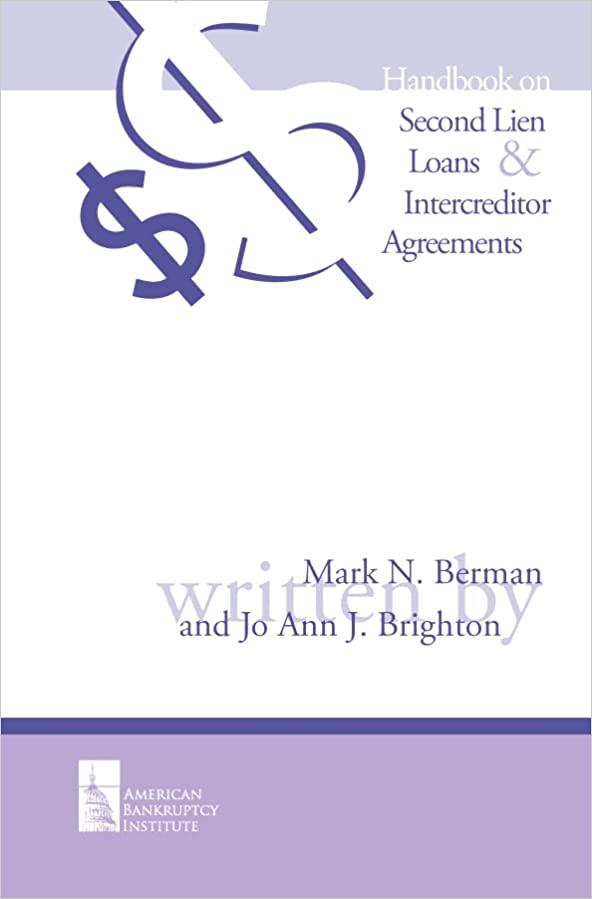Question
S & P Corporation (SPC) has an optimal capital structure of 40 percent debt and 60 percent equity. Given the following information, calculate the marginal
S & P Corporation (SPC) has an optimal capital structure of 40 percent debt and 60 percent equity. Given the following information, calculate the marginal cost of capital (MCC) schedule and the optimal capital budget. How much is the optimal capital budget and what is the corporate cost of capital?
5 years ago, the company issued callable bonds that pay semiannual payment with 5.5% annual coupon rate and sold them at par value ($1,000). However, each bond is currently selling at $1,040 and has 15 years remaining to maturity.
SPCs current stock price is $48.12, its long run growth rate is 4% and its expected earnings per share (EPS1) is $4.00. The company retains 20% of its earnings to fund future growth.
There are 102.5 million common shares outstanding.
New common stock may be issued with 5 percent flotation costs.
SPC has the following Investment Opportunity Schedule(IOS):
| Project |
IRR |
Cost (millions) |
| A | 15.2% | 20 |
| B | 12.5% | 55 |
| C | 9.0% | 45 |
| D | 7.5% | 40 |
| E | 6.0% | 50 |
Problem 2 (50 points)
S & P Corporation (SPC) is considering entering a new line of business. In analyzing the potential business, the financial staff has accumulated the following information:
The new business will require a capital expenditure of $7 million at t = 0. This expenditure will be used to purchase new equipment.
This equipment will be depreciated according to MACRS five-year class (see table next page).
The equipment will have a salvage value of $500,000 after five years.
If SPC goes ahead with the new business, inventories will rise by $400,000 whereas accounts payable will rise by $100,000 (both at t = 0). As a matter of fact, the required level of working capital is 7.5% of expected sales over the year:
WCt = 7.5%*Salest+1
The new business is expected to have an economic life of five years.
The Marketing Department forecasts to sell 300,000 units during the first year and then 400,000 units thereafter. The expected price is $10 per unit during the first year. Price must be adjusted by inflation in subsequent years.
During the first year, variable cost is expected to be $5.50 per unit whereas fixed cost is $100,000. These figures must be adjusted by inflation in subsequent years.
The new product is expected to increase before-tax cash flows of the companys existing products by $300,000 per year in real terms. This amount also has to be adjusted by inflation.
The expected inflation rate during the life of the project is 2% per year.
The companys interest expense each year will be $220,000.
The companys tax rate is 40%.
The company is very profitable, so any accounting losses on this project can be used to reduce the companys overall tax burden.
The companys cost of capital (WACC) is 7.62%. However, the proposed project is riskier than the average project for SPC and therefore you have to add 2% to the corporate cost of capital.
The companys CFO wants you to analyze the project and to write a short report with your recommendation. Please be advised that the report will be read by both financial and non-financial managers, therefore, make sure you explain your calculations and recommendation.
MACRS 5-year class
Depreciation
Year Rates
1 -----------------0.20
2 ----------------------0.32
3--------------- 0.19
4---------------- 0.12
5 -----------------0.11
6 --------------------0.06
Problem 3 (Problem 20 points).
Aggarwal Enterprises is considering a new project that has a cost of $1,000,000, and the CFO set up the following simple decision tree to show its three most likely scenarios. The firm could arrange with its work force and suppliers to cease operations at the end of Year 1 should it choose to do so, but to obtain this abandonment option, it would have to make a payment to those parties. Calculate the projects coefficient of variation.
WACC = 7.62% Dollars in Thousands t = 0 t = 1 t = 2 t = 3
Prob. = 20% $800.0 $800.0 $800.0
Prob. = 60% -$1,000 $520.0 $520.0 $520.0
Prob. = 20% -$200.0
please answer in .xls format if you can
thanks!
Step by Step Solution
There are 3 Steps involved in it
Step: 1

Get Instant Access to Expert-Tailored Solutions
See step-by-step solutions with expert insights and AI powered tools for academic success
Step: 2

Step: 3

Ace Your Homework with AI
Get the answers you need in no time with our AI-driven, step-by-step assistance
Get Started


